The rustling sound of a freshly opened bag of chips is unmistakable – that crisp, airy whisper promising salty satisfaction. But what many snackers don’t realize is that the "air" inside isn’t just empty space. In fact, it’s nitrogen, a carefully pumped-in gas that serves a far more important role than most consumers assume. And here’s the kicker: there’s enough of it in a single bag to inflate a small balloon.
Walk down any grocery store aisle, and you’ll notice how chip bags are plump, almost pillow-like. This isn’t a packaging trick to make the contents seem larger than they are. The nitrogen inside serves as a preservative, shielding the delicate chips from oxygen, which would otherwise turn them stale or rancid within days. Food scientists have long known that nitrogen flushing – the process of replacing oxygen with nitrogen – extends shelf life dramatically. But the sheer volume of gas used is often underestimated.
So, how much nitrogen are we talking about? An average 50-gram bag of chips contains roughly two liters of nitrogen. That’s enough to inflate a standard party balloon to a modest size. While it might not rival the helium-filled giants at a birthday party, it’s a fun experiment that highlights just how much gas is packed into those crinkly bags. Next time you tear open a bag of chips, consider holding onto the "air" inside – you might just have the makings of an impromptu celebration.
The science behind nitrogen flushing is both simple and ingenious. Oxygen is the enemy of freshness when it comes to snack foods. It accelerates oxidation, leading to off-flavors and texture changes. Nitrogen, on the other hand, is inert. It doesn’t react with the chips, creating a stable environment that keeps them crispy for months. Food manufacturers carefully calibrate the nitrogen-to-oxygen ratio, often achieving less than 2% residual oxygen in the package. This precision ensures that every chip tastes as intended, from factory to pantry.
But why nitrogen instead of other gases? For starters, it’s abundant, making up 78% of the Earth’s atmosphere. It’s also odorless, tasteless, and non-toxic – critical qualities for food safety. Unlike carbon dioxide, which can dissolve into oils and create a sour taste, nitrogen leaves the flavor profile untouched. And while argon is sometimes used in premium food packaging, its higher cost makes nitrogen the go-to choice for mass-produced snacks.
The balloon experiment isn’t just a party trick – it’s a tangible way to visualize the invisible shield protecting your snacks. To try it, carefully cut open an unopened chip bag near the seal, insert a straw, and tape it tightly to prevent leaks. Then, gently squeeze the bag to force the nitrogen through the straw and into a balloon. You’ll be surprised at how quickly it inflates. Of course, this isn’t the most efficient way to fill a balloon, but it’s a fascinating demonstration of food science in action.
Beyond chips, nitrogen flushing is used for a variety of packaged foods, including coffee, nuts, and even some cheeses. The principle remains the same: displace oxygen to prevent spoilage. In the case of potato chips, the added benefit is cushioning. The nitrogen gas acts as a buffer, preventing the fragile slices from crumbling into dust during transport. This dual purpose – preservation and protection – makes nitrogen an unsung hero of the snack world.
Environmental considerations have put packaging gases under scrutiny in recent years. While nitrogen itself is harmless, the single-use plastic bags it fills are not. Some manufacturers are experimenting with biodegradable films or compressed packaging to reduce waste, but the industry still relies heavily on multi-layer plastic for its barrier properties. The challenge lies in balancing food preservation with sustainability – a dilemma that even the most perfectly inflated balloon can’t solve.
For consumers, the takeaway is simple: that "empty" space in your chip bag is anything but. It’s a carefully engineered atmosphere designed to deliver peak crispness. And while repurposing it for balloons won’t save the planet, it does offer a playful reminder of the clever science hiding in everyday groceries. So the next time someone accuses you of buying "mostly air," you can confidently explain that it’s nitrogen – and that it’s there for a very good reason.
From factory lines to pantry shelves, the humble chip bag is a marvel of food technology. Its contents – both solid and gaseous – represent years of research into preservation and quality control. The next time you indulge in a handful of perfectly crisp potato chips, take a moment to appreciate the invisible gas that made it possible. And if you’re feeling whimsical, save the bag for a balloon. After all, science tastes better with a side of fun.

By /Jul 31, 2025

By /Jul 31, 2025

By /Jul 31, 2025

By /Jul 31, 2025
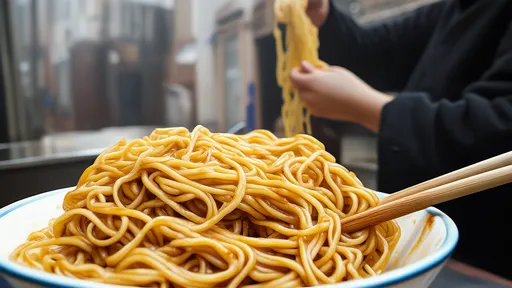
By /Jul 31, 2025

By /Jul 31, 2025
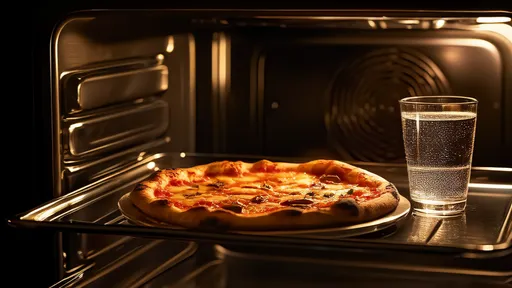
By /Jul 31, 2025
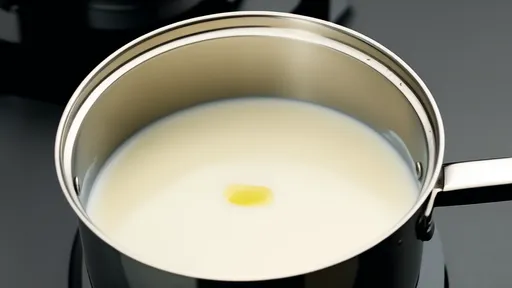
By /Jul 31, 2025
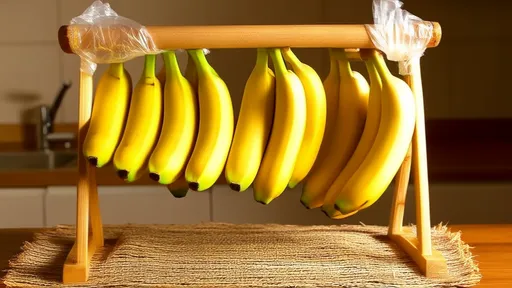
By /Jul 31, 2025

By /Jul 31, 2025

By /Jul 31, 2025
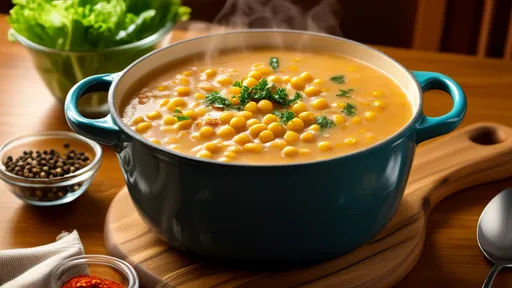
By /Jul 31, 2025

By /Jul 31, 2025

By /Jul 31, 2025

By /Jul 31, 2025
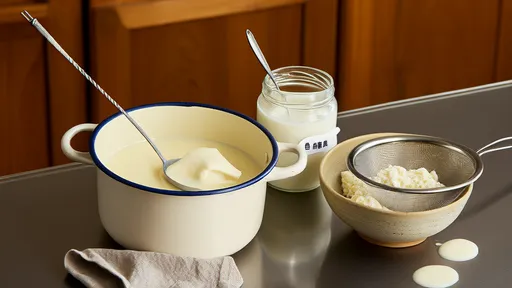
By /Jul 31, 2025
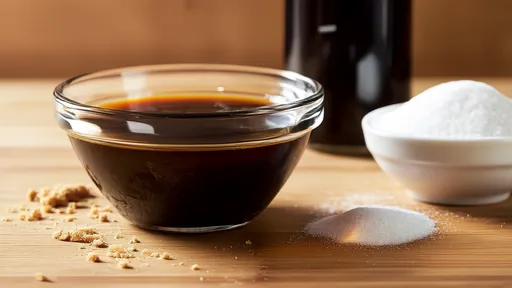
By /Jul 31, 2025
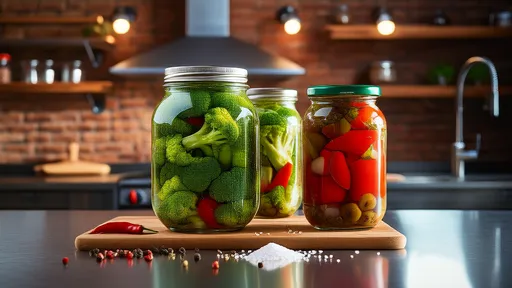
By /Jul 31, 2025

By /Jul 31, 2025
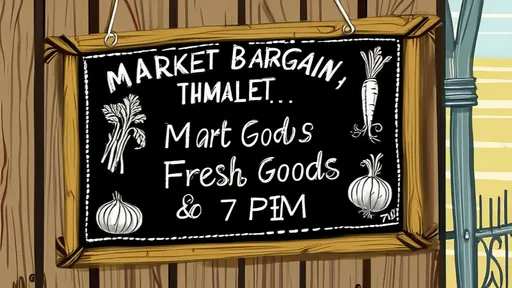
By /Jul 31, 2025